How coffee shops can improve their cold brew
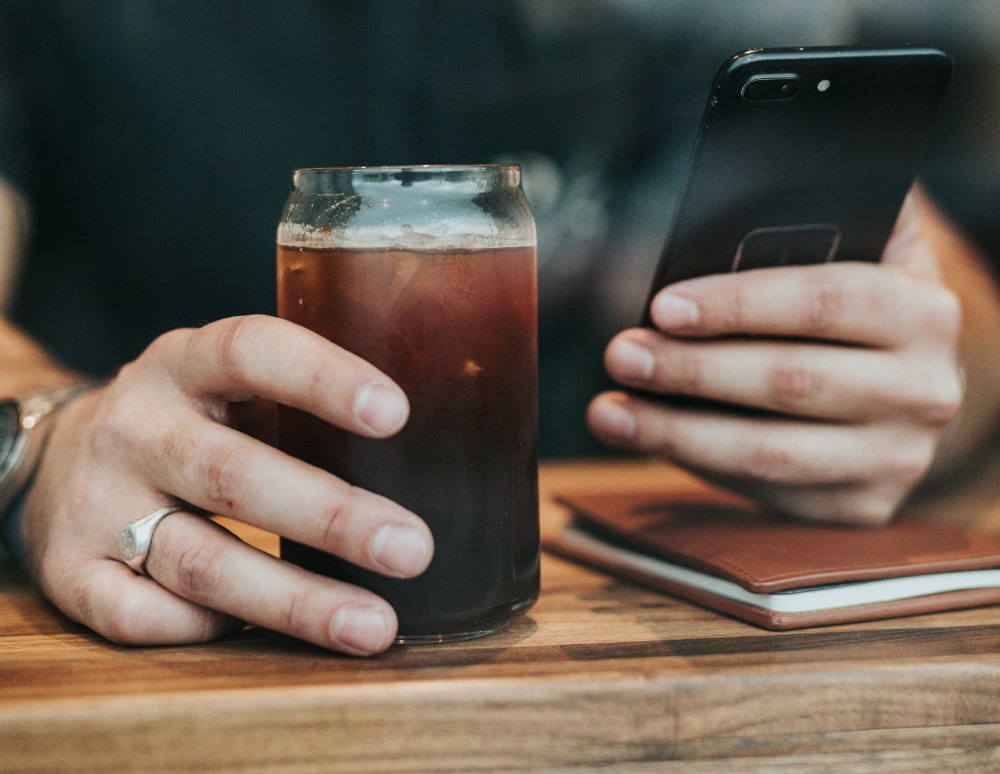
According to the National Coffee Association’s (NCA) fall 2023 National Coffee Data Trends report, consumption of cold brew in the US alone has increased by a staggering 300% over the past seven years. And the world over, this trend shows no signs of slowing down anytime soon.
Despite being available on most coffee shop menus today, cold brew doesn’t always receive the same level of attention to detail as other beverages. However, as its popularity continues to soar, café owners and baristas are looking for new ways to stand out in an increasingly competitive cold coffee market.
A big part of this is capitalising on the rapid innovation in cold brew technology. Now more than ever, there are a number of machines available which can prepare cold brew in much shorter time frames – helping coffee businesses cut costs, improve efficiency, and scale their offerings more sustainably.
To learn more, I spoke to Tim Orr, CEO of TORR Industries, and Dale Schotte, founder of Park Avenue Coffee.
You may also like our article on why we need to take cold brew food safety seriously.
Why cold brew needs to be on your menu
Demand for cold brew has been holding strong for some time now. So it comes as no surprise that research from the NCA indicates it’s the third-most popular at-home brewing method in the US.
Dale founded Park Avenue Coffee, which operates several coffee shops and a roasting facility across Missouri, US.
“Cold brew has quickly become a staple in the specialty coffee market, and demand continues to increase every year,” he says.
It’s fair to say that most customers expect coffee shops to offer cold brew all year-round, and even during the colder months. In fact, throughout early 2023, cold coffee drinks accounted for up to 75% of Starbucks US’ beverage sales – indicating their immense popularity.
Moreover, as consumers become increasingly more educated and knowledgeable about coffee quality, they also expect cafés and roasters to pay the same amount of attention to their cold brew as they do with their other coffee offerings.
Tim Orr is the CEO of TORR Industries, which manufactures the HIVE BREW cold brew coffee system. He says there are many reasons why coffee shops should prioritise serving higher-quality cold brew.
“The rise in popularity of cold coffee drinks is driving the cold brew segment,” he explains. “And now, with the ability to quickly extract cold concentrates, it’s important to make sure they are high-quality as you can use them in more drinks on your menu.”
Many people enjoy drinking their cold brew black, therefore using higher-quality coffees extracted to consistently high standards means your customers have an overall better experience.
“As coffee drinkers are becoming more educated and have access to higher-quality coffee options, they also have higher expectations – including for cold brew,” Dale says.
A growing number of ways to prepare cold brew
Now more than ever, there are many different ways to make cold brew, including:
The traditional full immersion method, which can take up to 24 hours
Preparing a concentrate that can be diluted with either water or milk
Japanese Kyoto-style cold drip, which can take up to eight hours to make eight cups
Each method, of course, has its own advantages and drawbacks. For example, both traditional and Kyoto-style methods take much longer – which can cause problems if coffee shops start to run low on cold brew during opening hours.
Regardless of the method cafés use, if you want to serve high-quality cold brew, it must always be fresh. Cold brew will start to oxidise over time, which will result in stale, flat flavours. Additionally, to avoid any serious food safety issues, coffee shops must always refrigerate batches of cold brew in airtight containers to prevent contamination and to comply with health and safety standards.
New, more efficient technology
The specialty coffee industry is ever-changing, including the ways in which we prepare and serve coffee beverages. Technology is a huge driving force behind this evolution, with new machines and equipment helping baristas to improve both extraction and workflow efficiency.
One of the most noticeable technological advancements over the past few years has been in the cold coffee market. With traditional methods taking up to 24 hours to prepare batches, the emergence of machines which extract cold brew within minutes has helped change the ways in which coffee shops can operate.
“One of the biggest challenges of serving cold brew is the length of time it takes to prepare a high-quality batch at lower temperatures,” Dale says. “With the countertop HIVE CAFÉ system, the extraction time is reduced to 30 minutes, and you can prepare higher-quality and more consistent cold brew.”
Tim explains that the HIVE CAFÉ – as well as TORR Industries’ larger cold brew system, the HIVE BREW – uses a hexagonal, micro-batch brew-cell concept to optimise extraction yield and reduce brew time, which allows coffee shops to also improve the flavour profile of their cold brew.
“You can add up to 1kg (or 2lbs) of ground coffee per batch,” he says. “The machine then preinfuses the grounds before the brewing water – which can be cold or lukewarm – is dispersed through the bed of coffee.
“The extraction process takes about 15 minutes and results in up to 3 quarts (or about 3 litres) of coffee concentrate with a Brix reading of 10,” he adds. Brix measurements essentially indicate the sugar content of a liquid, so one degree Brix represents one gram of sucrose per 100 grams of solution. Brix readings are often used by many industry professionals to assess coffee quality and extraction.
Scaling production
Given its boom in popularity, it’s obvious why coffee shops would want – or even need – to scale their cold brew offerings. But doing this efficiently requires a careful approach and the right equipment.
Many coffee shops that sell larger volumes of cold brew use large containers to prepare bigger batches. Although this equipment is certainly affordable, it can be difficult to accurately know how much cold brew to extract at one time – meaning the risk of wasting both time and money can increase.
Moreover, these storage containers require a significant amount of counter and refrigerator space, both of which are usually limited for smaller coffee shops and roasters.
To combat these issues, more coffee shops are turning to machines which prepare cold brew within minutes.
“Systems like the HIVE CAFÉ allow a coffee shop to make as little or as much cold brew as needed on a daily basis,” Tim tells me. He adds that after removing and cleaning its brewing components, the machine can prepare another batch of cold brew within 30 minutes.
Reducing costs
One of the biggest advantages of investing in an efficient cold brew system is that coffee business owners can decrease labour and waste costs over time, even when scaling their cold brew production. This is because many of these machines prepare concentrates – which not only improve extraction efficiency, but can be used as the base of many different drinks.
“Machines like the HIVE CAFÉ produce high-quality, more consistent cold brew in 30 minutes, while also using less coffee to prepare the same amount of ready-to-drink cold brew,” Dale says.
He adds that the HIVE CAFÉ uses a coffee-to-water ratio of 1:5 – which means cafés and roasters can reduce the dose of coffee per batch while still getting the same flavour profiles and extraction strengths (or level of total dissolved solids).
Tim points out that concentrates can also be diluted with water to prepare ready-to-drink cold brew, or for use in other cold coffee beverages like iced lattes or affogatos.
In today’s specialty coffee market, offering cold brew on your menu has become something of a necessity. At the same time, customers aren’t willing to compromise on beverage quality, and always serving fresh cold brew is an absolute must.
The cold coffee market’s upward trajectory will undoubtedly continue, and in turn, brewing methods and equipment will continue to evolve. Recognising this, coffee shop operators who have the space and resources should seize the opportunity to scale and improve their in-house cold brew production.
Enjoyed this? Then read our article on how cold brew technology is evolving.
Photo credits: TORR Industries
Perfect Daily Grind
Please note: TORR Industries is a sponsor of Perfect Daily Grind.
Want to read more articles like this? Sign up for our newsletter!
The post How coffee shops can improve their cold brew appeared first on Perfect Daily Grind.
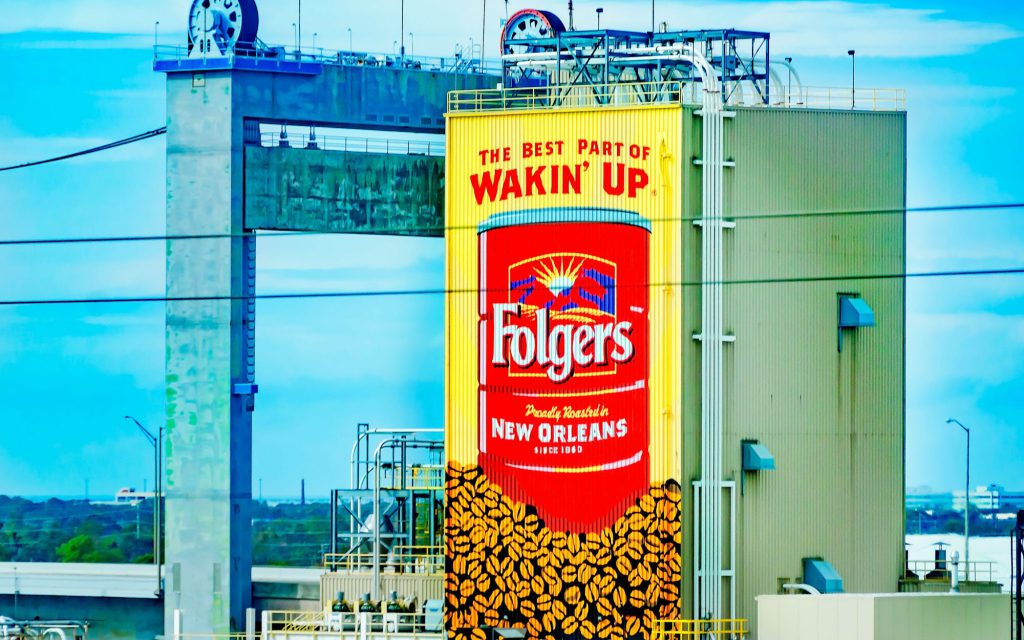
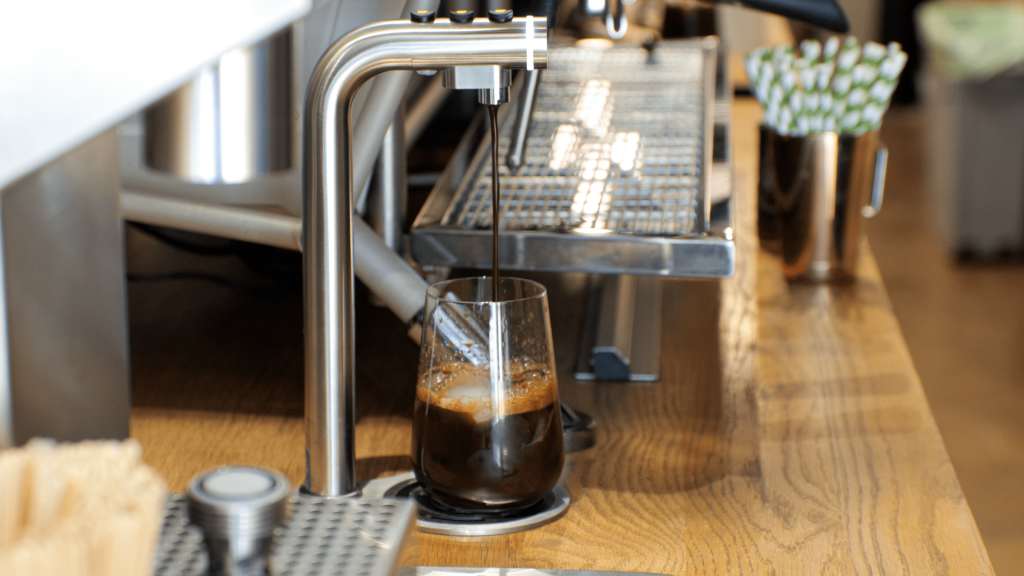
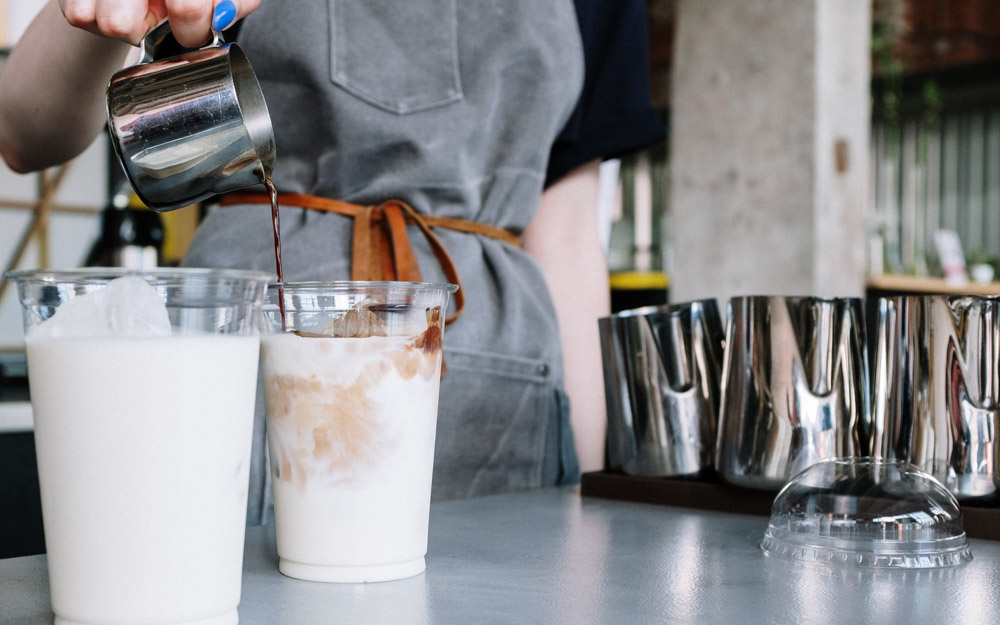
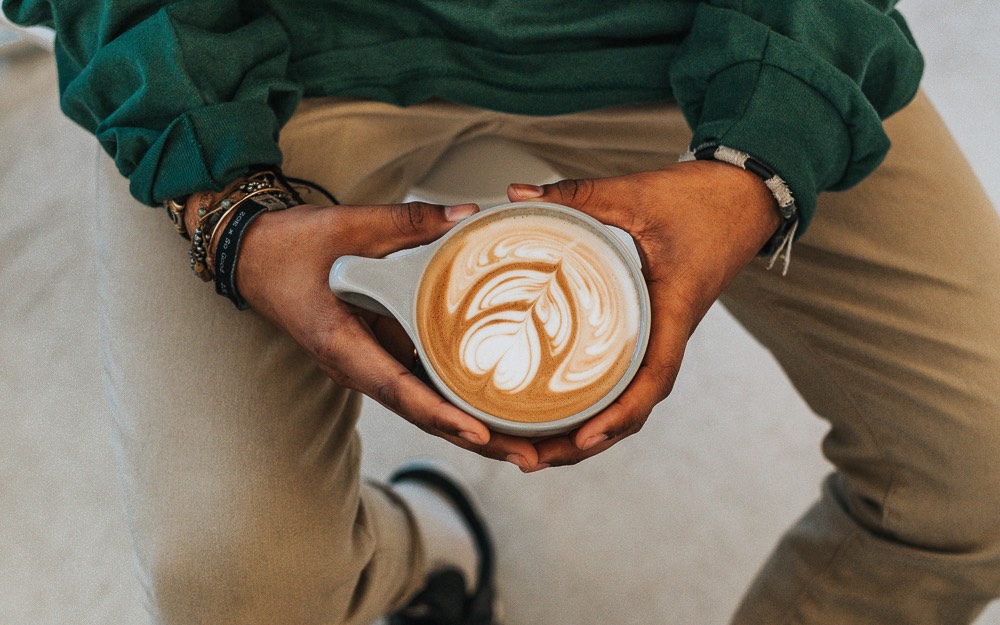
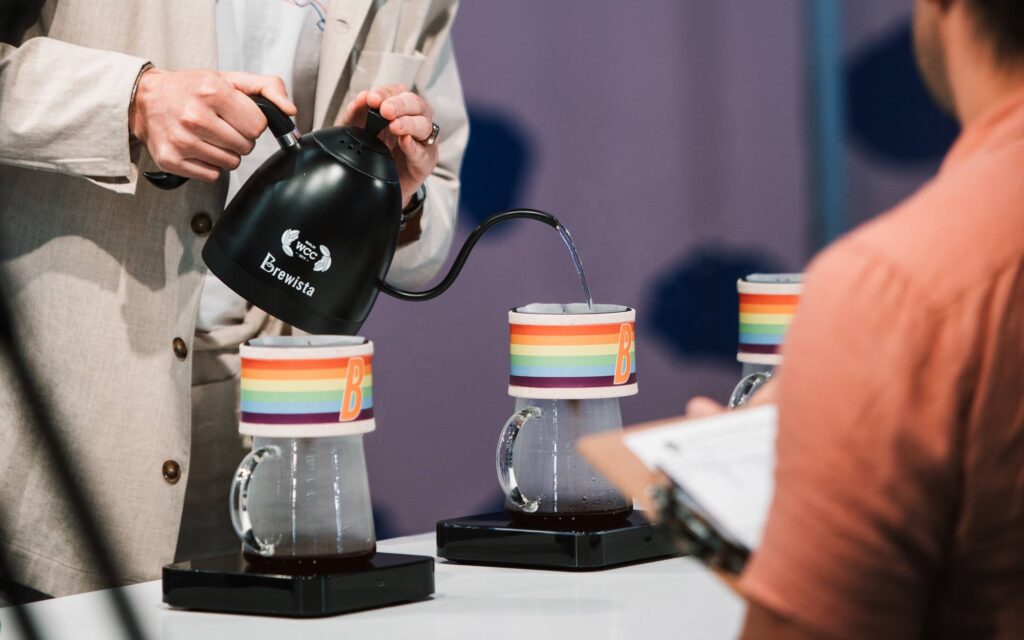
Responses